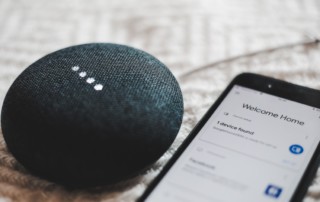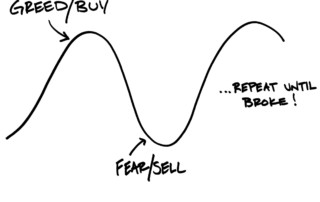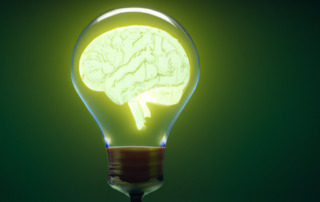The Internet of Things: A Landmark Technology for Behavior Change?
Internet of Things (IoT) devices such as smart watches, smart energy meters, and telematics devices have great potential for changing risky behaviors. These devices collect data about behaviors and replay it to consumers to inspire action. But there are considerations for behavioral scientists if this technology is going to be successful as a behavior change tool. This article discusses three considerations and how behavioral scientists can help to unlock the behavior change potential of IoT.
Let’s Play Some Games and Save the World
Mis- and disinformation about the U.S. electoral process has caused massive disruptions in voting behavior and reduced trust in American democracy. There have been a handful of attempts to combat the deleterious effects of misinformation on the public. Recent research suggests that online games, which teach players about strategies used by mis- and disinformation spreaders through a method called attitude inoculation, can help build resistance against manipulative news content.
The Other Side of Hope
Hope is a positive emotion. It helps people to get through hard times. But hope can have a flip side: it keeps people from walking away from bad situations when they should. When it's time to sell losing stocks, as explained in this article, the hope to break even might make investors end up in a worse financial situation.
Make or Break: The Behavioral Science of Innovation
Successful innovation requires far more than a market gap, a visionary, funding, and new technology. Innovation is a behavioral process from start to finish. It relies on the decision-making processes and behaviors of both producers and consumers, as well as the surrounding support system. Behavioral science, the science of how we make decisions, has invaluable practical insights for innovation on all fronts.
Dark Patterns Powered by Machine Learning: The Role of Behavioral Science Ethics
Dark patterns, the “sludges” of the digital world, aim to distort consumers’ decision-making process. Dark patterns powered by machine learning represent an even higher threat, in that they don’t just trick users to do something, but alter human behavior in a durable, undetectable, and indefensible way. This article examines the main issues linked to machine learning powered dark patterns and seeks to outline possible solutions.
Eco-labels Prompt Diners to Make More Sustainable Choices
Meat and dairy production causes considerable environmental damage, which most consumers are unaware of. Is the answer to this eco-labeling, where consumers are provided with a sustainability rating on product packing? Would consumers welcome this information, and would it promote consumers to make sustainable choices?







